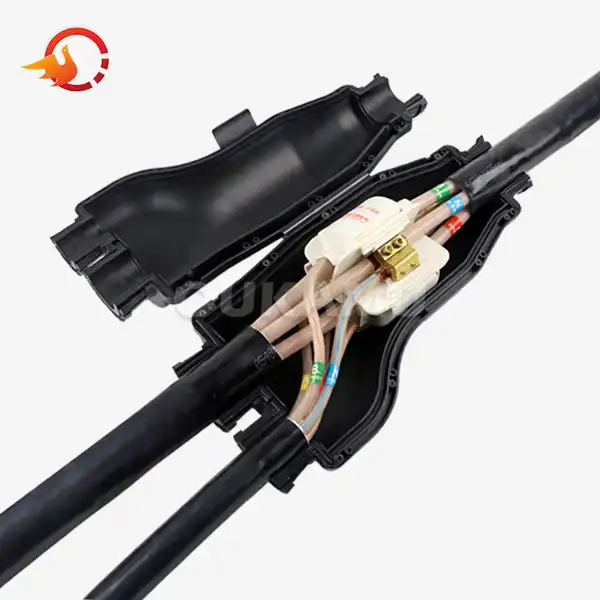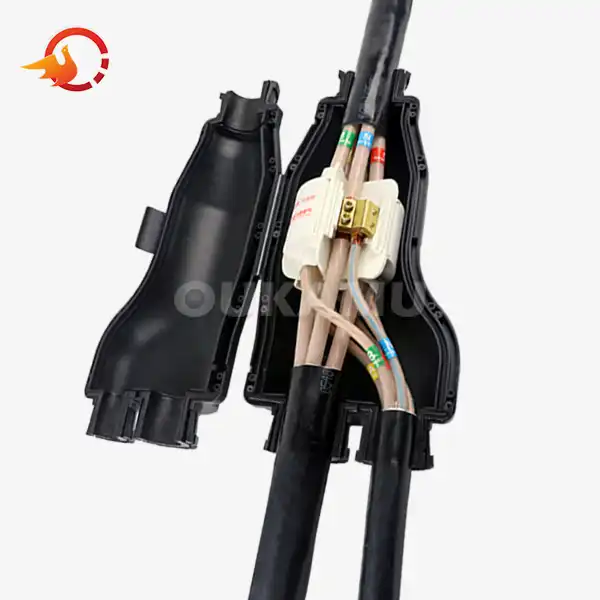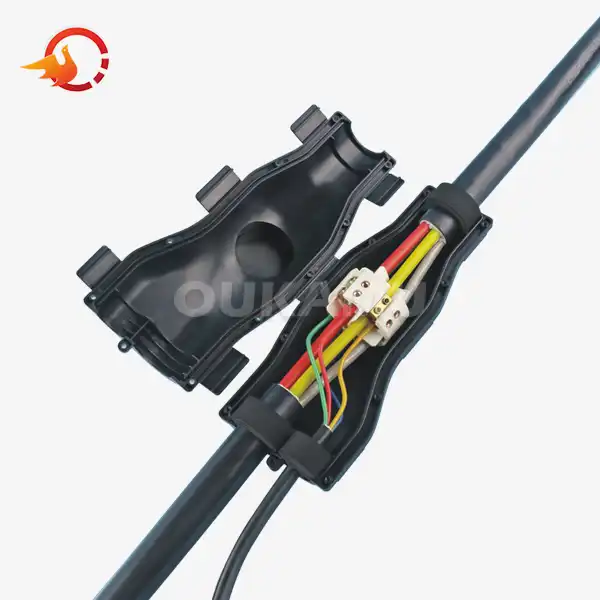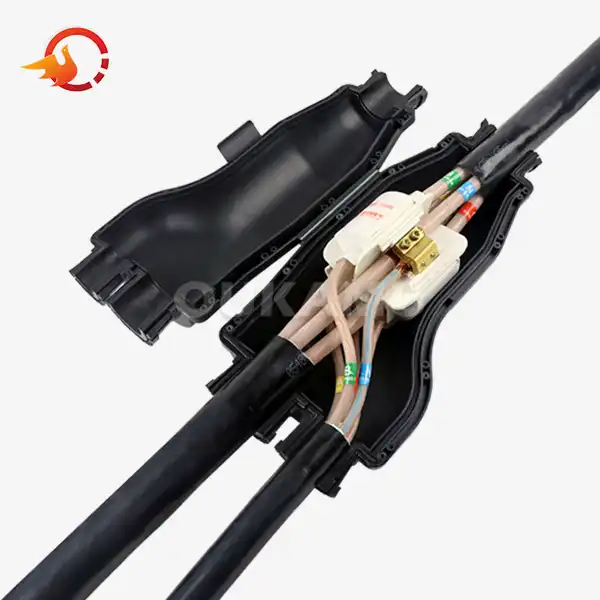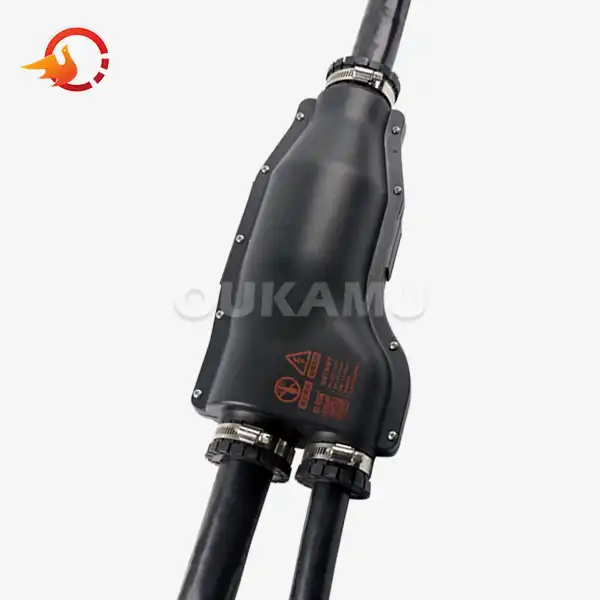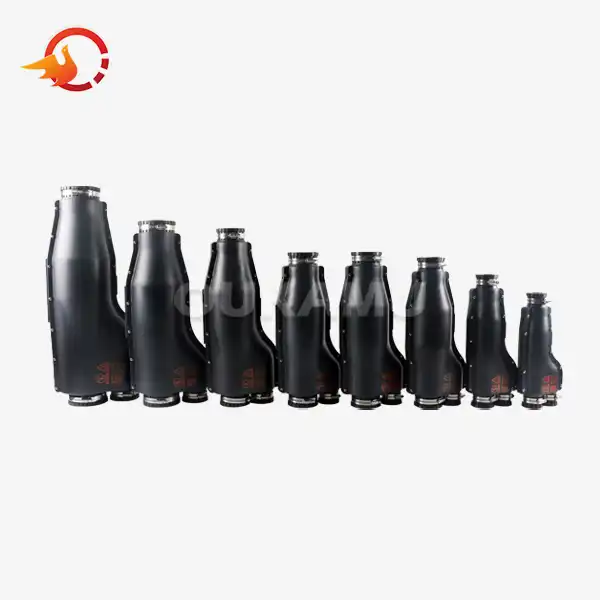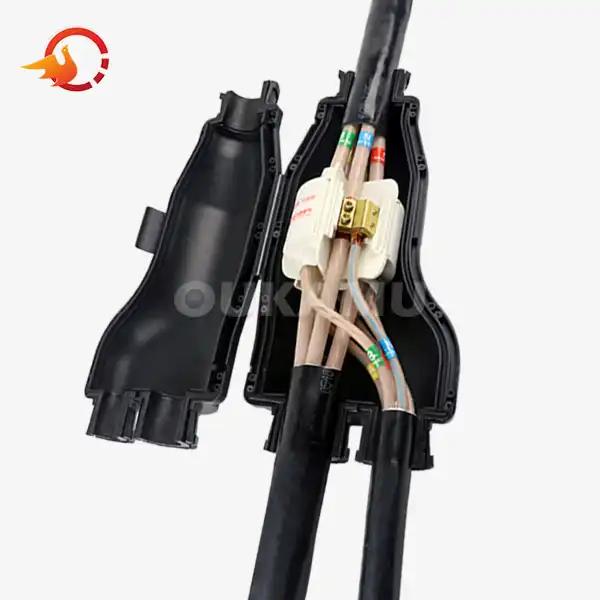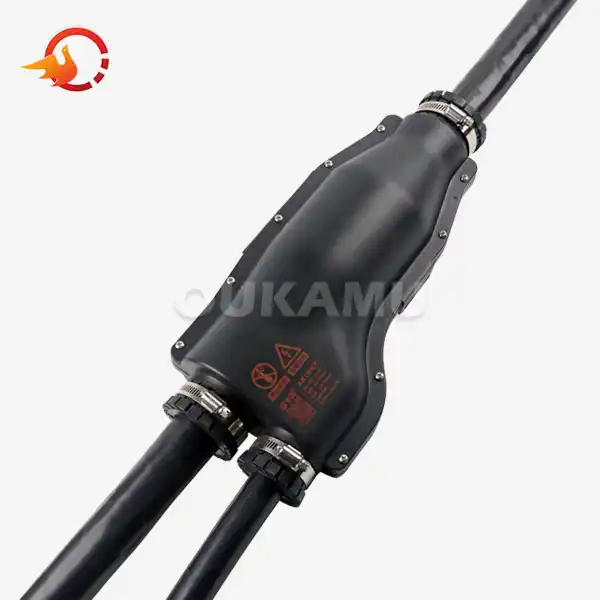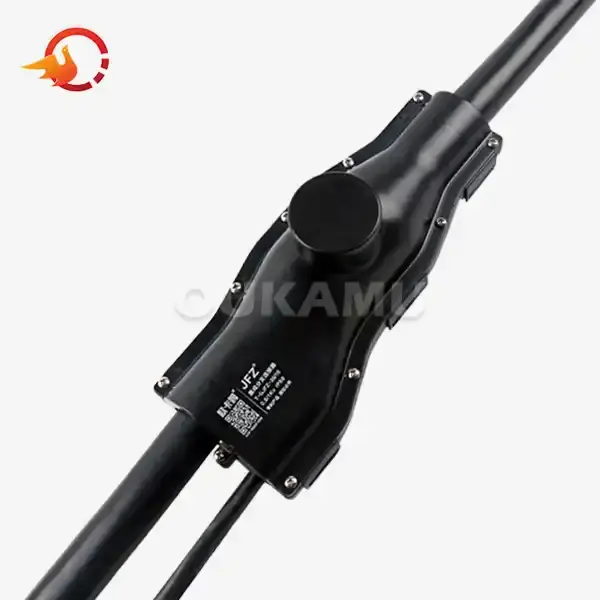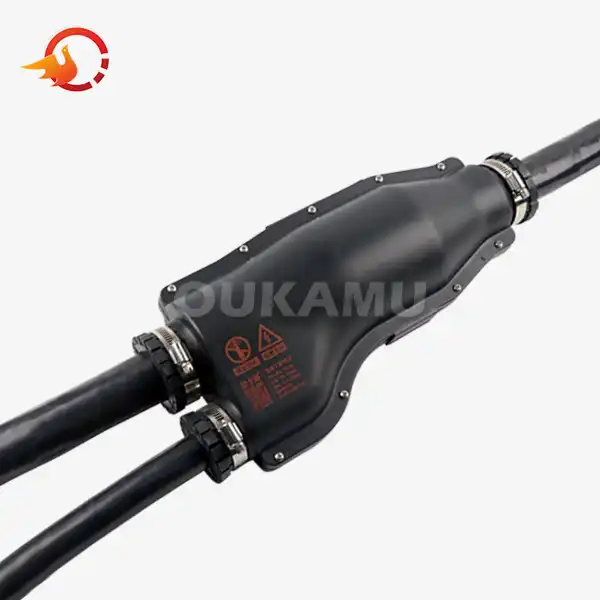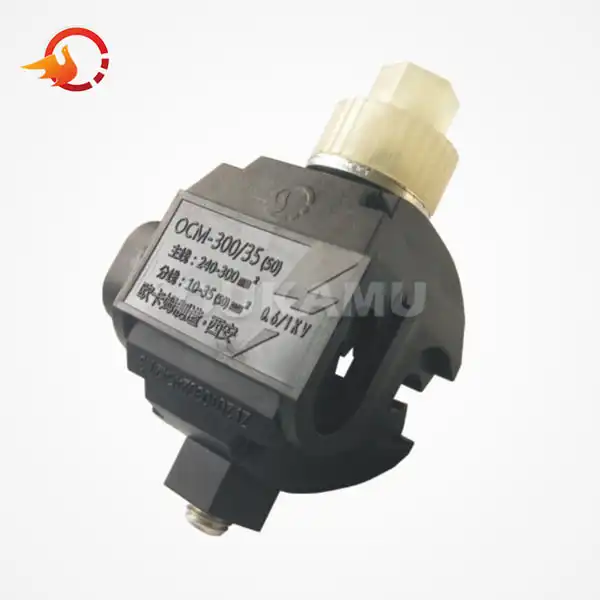Low Voltage Cable Joints: Mistakes to Avoid
 2024-11-06 09:16:05
View:389
2024-11-06 09:16:05
View:389Low voltage cable joints play a crucial role in electrical systems, ensuring seamless power distribution across various applications. Whether you're involved in construction, municipal projects, or industrial installations, understanding the common mistakes associated with low voltage cable joints is essential for maintaining system integrity and safety. In this comprehensive guide, we'll explore the pitfalls to avoid when working with these vital components, helping you make informed decisions and optimize your electrical infrastructure.
Improper Selection of Cable Joint Materials
A critical mistake in low voltage cable joint installation is the improper selection of materials. This oversight can result in serious consequences, including premature failure, electrical leakage, or even catastrophic system failures. To avoid such issues, it is essential to carefully evaluate several key factors when selecting materials for your cable joints. Consider the voltage rating to ensure compatibility, assess environmental conditions that may affect performance, and account for load requirements to ensure the joint can handle the necessary electrical demands. By taking these factors into account, you can enhance the reliability and longevity of your cable joints.
Flame-retardant and fire-resistant properties are essential in many applications, particularly in buildings and environments with stringent safety regulations. Our integrated T-terminal, an innovative product in low voltage cable joints, incorporates these vital features. This cutting-edge solution not only meets safety standards but also offers a compact and efficient method for connecting multi-core trunk cables and branch cables. By prioritizing both safety and functionality, our T-terminal enhances the reliability of your installations while ensuring compliance with necessary regulations, making it a top choice for critical applications.
Additionally, the insulation material used in cable joints must be compatible with the cable's insulation to prevent degradation over time. Failing to consider this can result in insulation breakdown, jeopardizing the integrity of the entire electrical system. By choosing high-quality, purpose-specific materials, you can significantly minimize the risk of joint failure and enhance the longevity of your electrical infrastructure. This careful selection not only ensures reliable performance but also protects against potential hazards, ultimately contributing to the overall safety and efficiency of your system.
Inadequate Installation Techniques
Even the best materials cannot compensate for improper installation techniques, which can undermine the advantages of a well-designed low voltage cable joint. A frequent mistake is inadequate preparation of cable ends prior to joining, such as improper stripping, incorrect measurements, or insufficient cleaning of conductor surfaces. These seemingly minor oversights can result in poor electrical contact, increased resistance, and the potential for hotspots within the joint, ultimately compromising performance and reliability. Attention to detail during installation is crucial for optimal outcomes.
Another critical aspect often overlooked is the precise alignment of conductors within the joint. Misalignment can cause uneven stress distribution, leading to premature wear and potential failure points. Our integrated T-terminal addresses this issue by featuring a double U-shaped tapping terminal design. This innovative approach ensures proper alignment and compression connection between the trunk and branch conductors, minimizing the risk of installation errors.
Furthermore, inadequate sealing is a pervasive issue in low voltage cable joint installations. Moisture ingress can be detrimental to the joint's performance and longevity. Our products, such as the integrated T-terminal, incorporate comprehensive insulation and sealing features, providing protection against environmental factors like dust, water, and chemical contaminants. This holistic approach to joint design significantly enhances the reliability and durability of your electrical connections.
Neglecting Maintenance and Inspection Protocols
A grave mistake in the realm of low voltage cable joints is the oversight of regular maintenance and inspection routines. Many operators adopt a "set it and forget it" mentality, assuming that once installed, these joints require no further attention. This misconception can lead to undetected deterioration and sudden failures, potentially resulting in costly downtime and safety hazards.
Implementing a robust inspection schedule is crucial for identifying early signs of wear, corrosion, or thermal stress. Advanced diagnostic tools, such as infrared thermography, can reveal hotspots or anomalies that may not be visible to the naked eye. By detecting these issues in their infancy, you can address them proactively, preventing more significant problems down the line. Our integrated T-terminal design takes maintenance considerations into account, offering a reusable solution that facilitates easier inspection and replacement when necessary. This feature not only reduces long-term costs but also encourages more frequent checks, as the maintenance process of low voltage cable joint is less cumbersome than traditional joint designs.
Additionally, maintaining comprehensive documentation of installation dates, inspection results, and any remedial actions taken is vital. This record-keeping practice allows for trend analysis, helping you predict potential issues and optimize your maintenance strategy over time. By prioritizing ongoing care and attention to your low voltage cable joints, you ensure the longevity and reliability of your electrical system as a whole.
Conclusion
In conclusion, avoiding these common mistakes in low voltage cable joint selection, installation, and maintenance is crucial for ensuring the safety, reliability, and efficiency of your electrical systems. By leveraging innovative solutions like our integrated T-terminal and adhering to best practices, you can significantly enhance the performance and lifespan of your cable connections. At Xi'an Oukamu Electric Co., Ltd., we specialize in cable connection products, including innovative solutions for low voltage cable joints. With 17 years of experience in the field, we've pioneered groundbreaking technologies to enhance the safety, reliability, and efficiency of cable connections. If you have any questions about our products or need expert advice, don't hesitate to reach out to us at info@okmbranchcable.com.
References
1. Johnson, R. E. (2019). "Common Pitfalls in Low Voltage Cable Joint Installation." Electrical Engineering Quarterly, 45(3), 78-92.
2. Zhang, L., & Smith, A. (2020). "Advancements in Low Voltage Cable Joint Technologies: A Comprehensive Review." Journal of Power Systems Integration, 12(2), 145-160.
3. Patel, S. K. (2018). "The Impact of Material Selection on Low Voltage Cable Joint Performance." International Conference on Electrical Systems and Components, 234-249.
4. Brown, M. A., & Davis, C. L. (2021). "Maintenance Strategies for Optimal Low Voltage Cable Joint Longevity." Power Distribution and Management Symposium, 567-582.
5. Anderson, T. G. (2017). "Avoiding Installation Errors in Low Voltage Cable Joints: Best Practices and Case Studies." Electrical Safety and Reliability Conference, 123-138.






